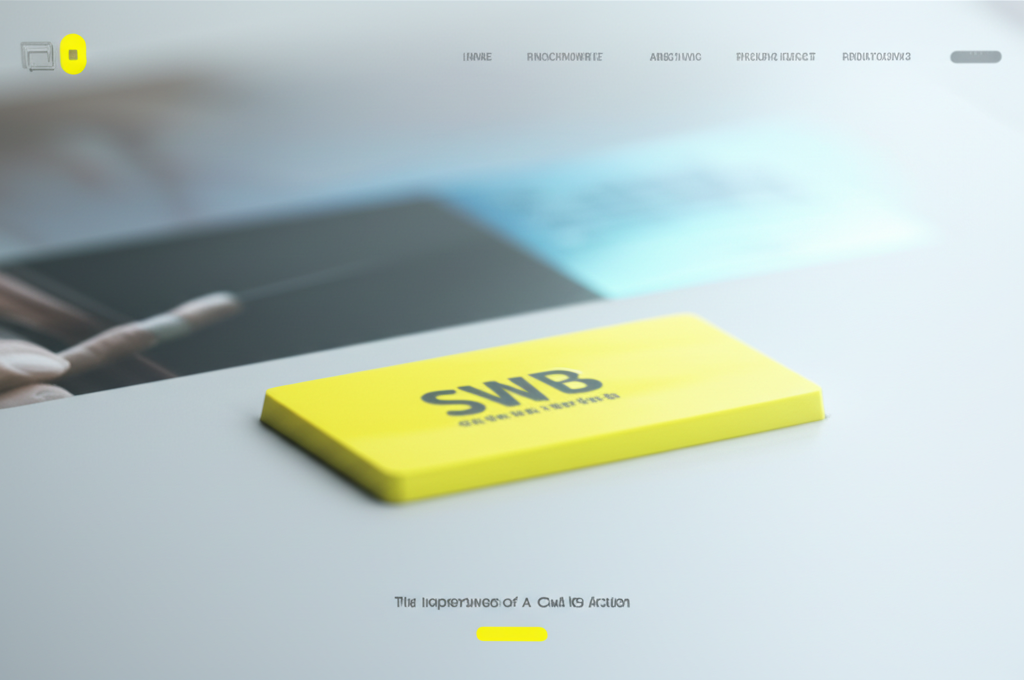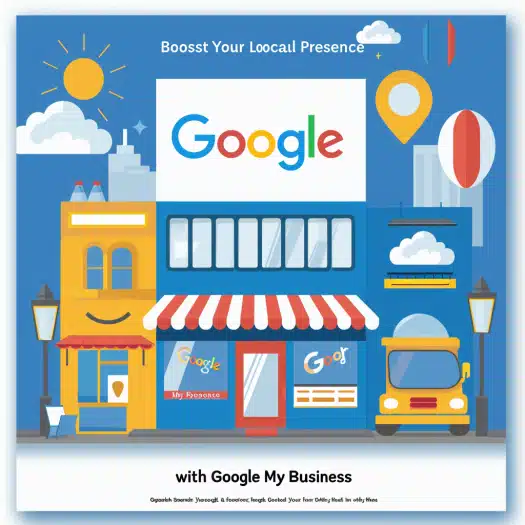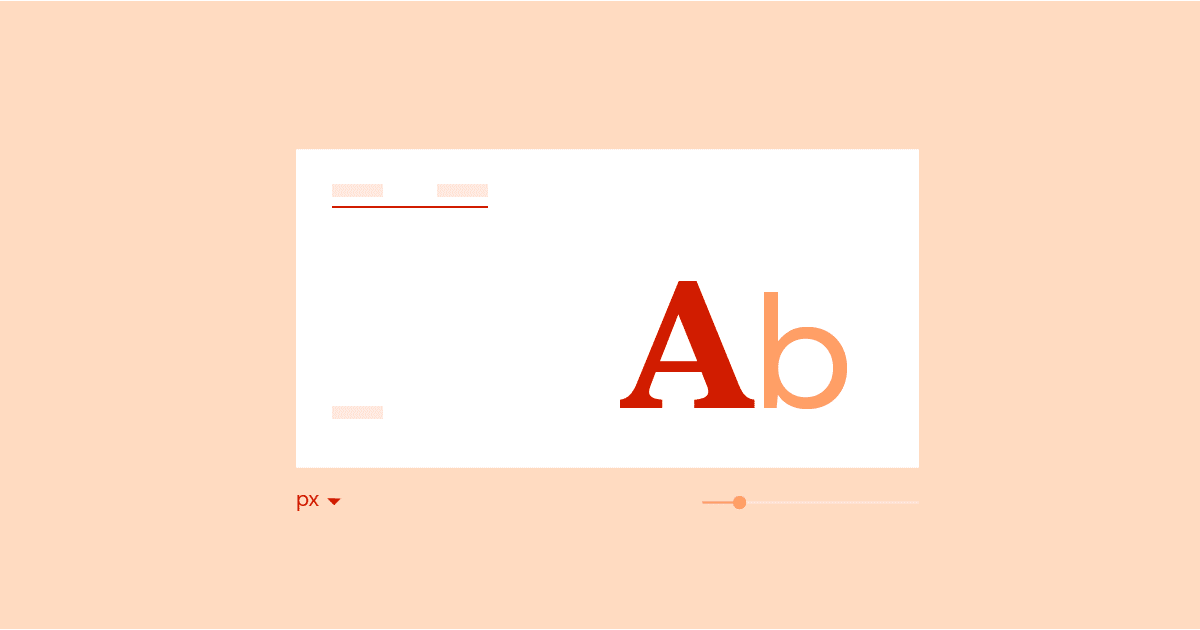Imagine spending hours crafting the perfect website. You’ve got stunning visuals, compelling content, and seamless navigation. But visitors are leaving without taking any action. What’s missing? Likely, it’s the crucial element that bridges the gap between engagement and conversion: a clear call to action (CTA). Understanding the importance of a clear call to action on your website is paramount to achieving your online goals, whether it’s driving sales, generating leads, or boosting subscriptions.
Why is a Clear Call to Action Crucial for Website Success?
A call to action serves as a guide for your website visitors, telling them what you want them to do next. Without a clear directive, visitors might feel lost or unsure of how to proceed, leading to a higher bounce rate and missed opportunities. The importance of a clear call to action on your website lies in its ability to convert passive browsing into meaningful engagement. It’s the crucial link that transforms interest into action.
The Power of Direction: Guiding User Behavior
A well-crafted CTA acts like a signpost, directing users towards the desired outcome. It eliminates confusion and provides a clear path for them to follow, whether it’s adding a product to their cart, downloading a resource, or signing up for a newsletter. This clear direction streamlines the user experience and significantly increases the likelihood of conversion.
Boosting Conversion Rates: Turning Visitors into Customers
The importance of a clear call to action on your website cannot be overstated when it comes to conversions. By explicitly stating the desired action, you make it easier for visitors to convert into customers, subscribers, or leads. A strong CTA can be the difference between a visitor leaving empty-handed and completing a desired action.
Crafting Effective Calls to Action: Best Practices and Examples
Understanding the importance of a clear call to action on your website is only the first step. The next step is learning how to create CTAs that truly resonate with your audience and drive results.
Compelling Copy: Using Action-Oriented Language
The wording of your CTA is critical. Use strong action verbs that create a sense of urgency and encourage immediate action. Phrases like “Get Started Now,” “Download Your Free Guide,” or “Claim Your Discount Today” are far more effective than generic phrases like “Click Here” or “Learn More.”
Visual Appeal: Design Elements that Grab Attention
The design of your CTA button is just as important as the copy. Use contrasting colors that make the button stand out from the rest of the page. Ensure the button size is appropriate and easily clickable on all devices. A visually appealing CTA button draws the eye and encourages clicks.
Strategic Placement: Optimizing CTA Visibility
Where you place your CTA on the page significantly impacts its effectiveness. Consider the user journey and place your CTAs strategically at points where users are most likely to convert. Above the fold, at the end of a blog post, or within a relevant section of your website are all effective placement strategies.
Examples of Effective Calls to Action
* **E-commerce:** “Add to Cart,” “Shop Now,” “View Product Details”
* **Lead Generation:** “Get a Free Quote,” “Request a Demo,” “Download Now”
* **Subscription Services:** “Sign Up Free,” “Start Your Trial,” “Join Our Community”
Measuring the Success of Your Calls to Action: Data-Driven Optimization
Understanding the importance of a clear call to action on your website also involves tracking and analyzing its performance.
Utilizing Analytics: Tracking Click-Through Rates and Conversions
Website analytics tools provide valuable insights into how your CTAs are performing. Track click-through rates (CTR) to understand how many visitors are clicking on your CTAs. Monitor conversion rates to see how many clicks are resulting in desired actions. This data helps you identify what’s working and what needs improvement.
A/B Testing: Refining Your Approach for Optimal Results
A/B testing is a powerful technique for optimizing your CTAs. Experiment with different variations of your CTA copy, design, and placement to determine which version performs best. By continuously testing and refining your approach, you can maximize the effectiveness of your calls to action.
Beyond the Button: The Importance of a Clear Call to Action Extends to Your Entire Website
While buttons are a common form of CTAs, the principle of clear direction applies to your entire website experience. Every element, from your headlines to your navigation menu, should contribute to guiding users towards desired actions. The importance of a clear call to action on your website transcends individual buttons and encompasses the overall user journey.
Conclusion: The Key to Unlocking Your Website’s Potential
The importance of a clear call to action on your website cannot be overemphasized. A well-crafted CTA is the bridge between engaging content and desired outcomes. By implementing the strategies outlined in this post, you can transform your website from a passive platform into a powerful conversion engine. So, take a look at your website today. Are your calls to action clear, compelling, and strategically placed? What steps can you take to improve them and unlock your website’s full potential? Let us know in the comments below!













